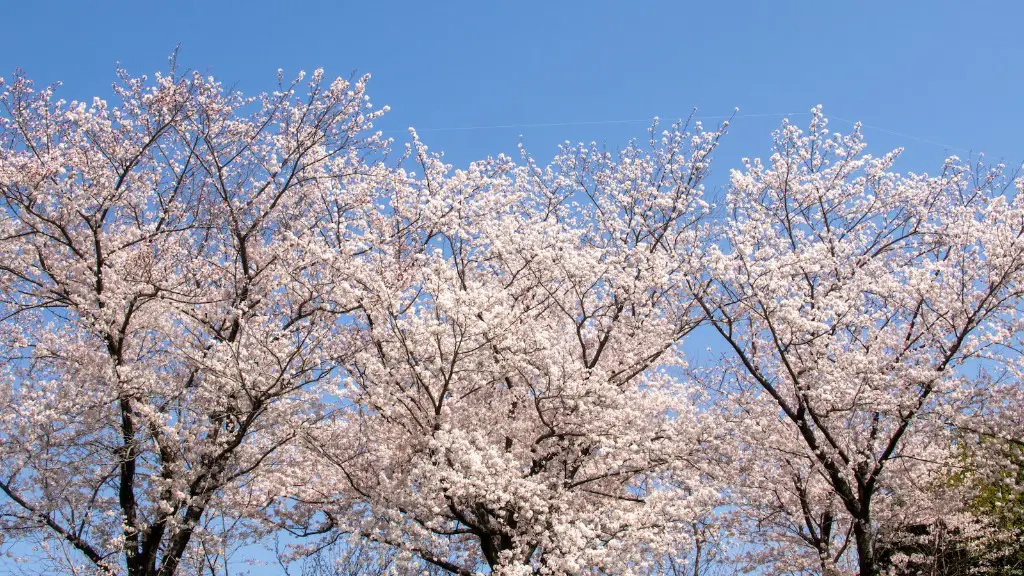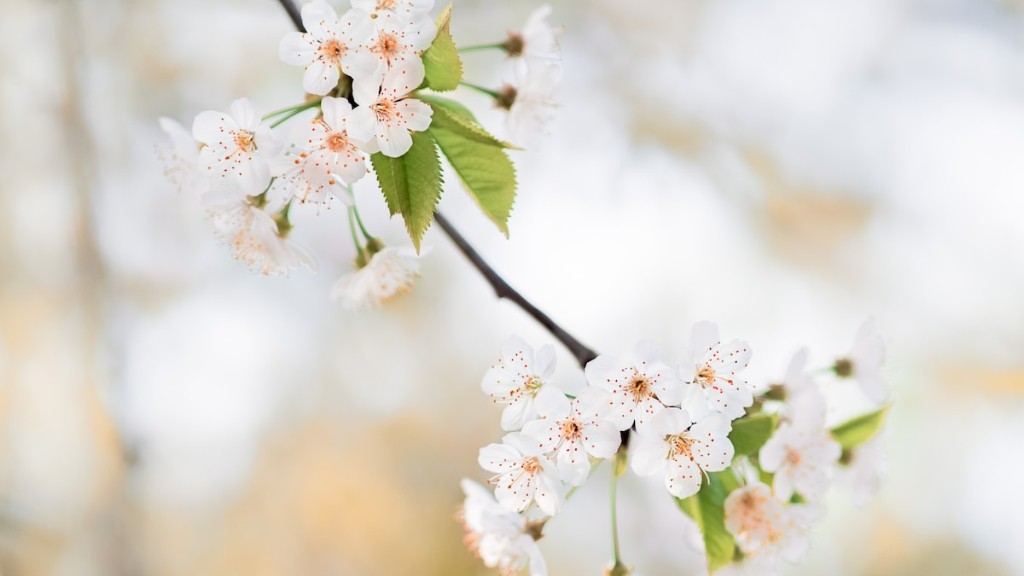Avocado trees are considered to be one of the most popular and desirable trees for home gardening. Their fruit is highly sought after for its delicious taste and vibrant green color. Avocado trees are also known for their exotic beauty and their ability to provide a range of ecological benefits. For anyone looking to plant an avocado tree in their garden, one of the first questions is, “Can I put my avocado tree outside?” The answer is yes; however, there are several considerations to keep in mind when it comes to planting and maintaining avocado trees.
The climate of the location where the avocado tree is planted plays a major role in its success. Avocado trees are native to Central and South America, and they thrive in regions with warm temperatures and adequate sunlight. For example, in the United States, avocado trees have the best chance of survival in USDA hardiness zones 9-11 as they will have sufficient warm nights that facilitate flowering. For those who live in colder regions, such as zone 7 or 8, they may want to consider planting their avocado tree in a pot and bringing it indoors during the winter months.
When planting an avocado tree, it is essential to choose the right variety. The most common avocado tree varieties are the Hass, Bacon, Gwen and Fuerte, but there are others that may be more suitable for certain regions. Local greenhouse or nursery owners can offer advice on which avocado tree varieties will do best in the local area. It is also important to familiarize oneself with the soil requirements for growing avocado, such as having a well-draining soil with a neutral pH level.
Avocado trees need plenty of water, as they can lose moisture through their leaves and bark. As such, when planting an avocado tree, it is important to closely monitor the soil to ensure that it isn’t drying out too quickly. Avocado trees will also require regular applications of fertilizer to ensure optimal growth. If these requirements are met, the increasing size and number of fruit that the tree produces can ensure that the effort of planting an avocado tree pays off.
By following the above tips, anyone looking to plant an avocado tree in their garden should be able to ensure maximum production, while minimizing any health problems. With the right care and attention, avocado trees have a great chance of thriving and producing an abundance of fresh fruit.
Pruning
One of the important aspects of caring for an avocado tree is pruning. Pruning helps limit the number of flowers and fruits, which allows the tree to focus on those fruits with the highest potential for quality. It is essential to use the right technique, as pruning requires precision and skill. When it is done correctly, pruning can help an avocado tree maintain its health and avoid issues such as fungal infections. Furthermore, pruning allows light to reach the deepest parts of the tree, encouraging an even ripening of the fruit.
To maximize the effectiveness of pruning, it is important to understand how to prune an avocado tree properly. The first step is to remove diseased or dead branches, as well as any water sprouts, and thin out the canopy to allow for increased light penetration. Branches that cross or rub each other should also be removed. If done correctly, pruning can not only help improve the quality of the avocado fruit, but also increase its quantity.
Diseases and Pests
When growing an avocado tree, it is also important to be mindful of common diseases and pests. One of the most common diseases that affects avocado trees is anthracnose, which is characterized by dark spots or lesions on the leaves and stems. In order to prevent or treat this disease, it is important to ensure that the tree is well-maintained, by regularly pruning and keeping the soil around the tree free of excess moisture. As for pests, avocado trees can be susceptible to mites, aphids, whiteflies and scale. These pests can be managed by avoiding over-fertilizing the tree, and by periodically applying pesticides or natural insect repellents.
For those looking to grow their own avocado tree, it is important to be aware of the unique needs and requirements for success. By taking the time to research and understand what it takes to plant and care for an avocado tree successfully, anyone can enjoy the delicious fruit it provides for many years to come.
Harvest
Knowing when to harvest an avocado tree is essential for obtaining the best quality fruit. Generally, an avocado tree can begin producing fruit within 3 to 4 years after planting, but it can take up to 5 years or more for commercial orchards. To determine when to harvest, it is important to observe the ripeness of the fruit. Generally, when an avocado has turned a deep green or purplish color, it is ready to be harvested.
Harvesting may also depend on the variety of avocado tree; for instance, the Fuerte variety will generally ripen after being off the tree for a few days, but the Hass variety needs to remain on the tree at least one day longer in order to be harvested. Moreover, harvest time will also be affected by the local climate; in warmer areas, avocados will require more time on the tree before they become ready to be harvested.
Harvesting avocados involves a range of different tasks. For instance, removing the fruit from the tree requires the right equipment, such as gloves and bags, and careful handling to avoid damage. Additionally, any damaged fruit should be removed immediately, as this can cause the remaining un-harvested fruit to spoil.
Storage
Proper storage of avocados is key to extending their shelf life and maximizing the health benefits of this popular fruit. Since the skin of an avocado is thick, it is generally safe to store them at room temperature. However, storing them in a refrigerator can slow down the ripening process, so it might be necessary to bring them to room temperature first before eating them.
It is also important to store avocados away from fruits from other plants, such as apples and tomatoes, as the ethylene gas produced by these fruits can accelerate the ripening process. When storing avocados, it is also essential to protect them from direct sunlight, as this can cause the skin to discolor or become blemished.
To further extend the life of avocados, it is best to store them in an airtight plastic bag or container so that they can be kept fresh for longer periods of time. Following these steps and using the right technique while harvesting, storing andcooking can ensure that anyone can enjoy the fresh and delicious flavors of avocados.
Cooking
If done correctly, cooking can bring out the delicious flavor and nutrients in avocados. When it comes to cooking, the key is to use the right tools and techniques to maximize the flavor of the avocado and minimize any damage to its nutrient levels.
For instance, when slicing an avocado, it is best to use a sharp knife to prevent bruising to the skin. Additionally, when making a puree, it is important to use a food processor and not a blender, as blending can cause the avocado to become too thin and watery. Furthermore, if using an avocado in a salad, adding acidic ingredients such as lemon juice can help preserve its color.
In addition to using the right tools, it is essential to understand some essential cooking techniques. For instance, when baking an avocado, it is important to monitor it closely, as overcooking can cause it to become dry and tough. In contrast, when roasting, it is important to keep an eye on the temperature and stop cooking before it reaches the maximum temperature.
Using the proper techniques can help preserve the flavor, texture and nutrient content of an avocado when cooking. By following the steps outlined above, anyone can enjoy the unique and delicious flavors of avocados in a variety of different dishes.



